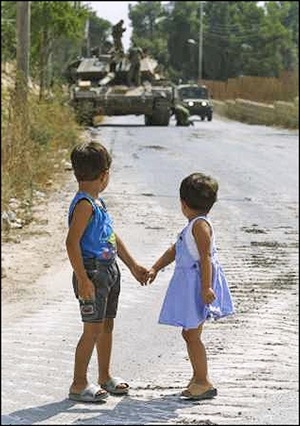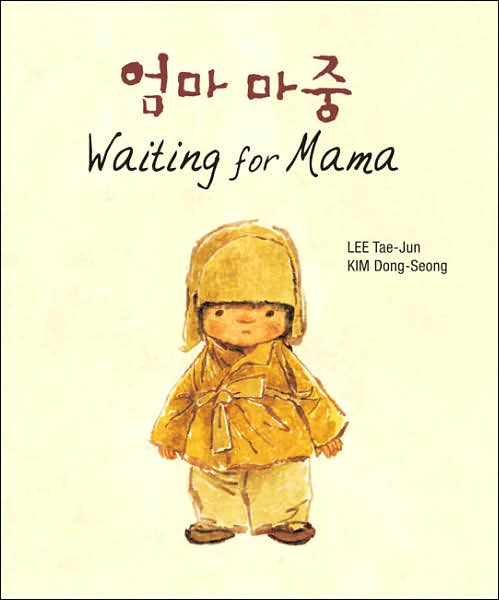by Barbara Thompson-Book, Indiana University Southeast, New Albany, IN
 Welcome back for my final week of exploring the world through both books and the World Wide Web and focusing on Afghanistan, India, and Pakistan. For this final posting I want to thank several people who helped me with this post. First, Holly Johnson urged me to do this region of the world. I was hesitant because until I began my research, all the books I had read on the region were “sad and depressing” as my undergraduates had termed some of the international books I had assigned for them read. Worlds of Words’ own Rebecca Ballenger found me a “tweet” while waiting for a plane to go to NCTE this November. Thanks Rebecca for leading me into a refreshing literature I had never explored. Rebecca did this by sending me to Pooja Makhijani’s Web site about South Asia and the South Asia Diaspora in Children’s Literature. Makhijani is an American born writer with a wonderful Web site about South Asian literature. She has edited a volume entitled Under Her Skin: How Girls Experience Race in America (Seal Press, 2004). Finally I must thank my colleague at Indiana University Southeast, Shifa Podikunju-Hussain, Ph.D. who willingly shared a number of these novels and picture books with her own mother, who was born in Mumbai (formerly Bombay), and her own girls ages 5 and 12. They offered their thoughts as to the authenticity of many of the books about India.
Welcome back for my final week of exploring the world through both books and the World Wide Web and focusing on Afghanistan, India, and Pakistan. For this final posting I want to thank several people who helped me with this post. First, Holly Johnson urged me to do this region of the world. I was hesitant because until I began my research, all the books I had read on the region were “sad and depressing” as my undergraduates had termed some of the international books I had assigned for them read. Worlds of Words’ own Rebecca Ballenger found me a “tweet” while waiting for a plane to go to NCTE this November. Thanks Rebecca for leading me into a refreshing literature I had never explored. Rebecca did this by sending me to Pooja Makhijani’s Web site about South Asia and the South Asia Diaspora in Children’s Literature. Makhijani is an American born writer with a wonderful Web site about South Asian literature. She has edited a volume entitled Under Her Skin: How Girls Experience Race in America (Seal Press, 2004). Finally I must thank my colleague at Indiana University Southeast, Shifa Podikunju-Hussain, Ph.D. who willingly shared a number of these novels and picture books with her own mother, who was born in Mumbai (formerly Bombay), and her own girls ages 5 and 12. They offered their thoughts as to the authenticity of many of the books about India.
While many of the books (really the young adolescent novels) do fall into the “sad and depressing” category, I found that there are some wonderful picture books and a couple of novels which are refreshingly light, and don’t paint that area of the world as the distressing place we, perhaps, in light of recent events there, usually hold of it.
Continue reading





 Last month, Janine Schall interviewed children’s book writer and illustrator Xavier Garza, who publishes his books in English and in Spanish because he thinks children should be exposed to their first language or to a language other than their own. More and more publishing companies, particularly smaller, independent publishers, are publishing dual language books. This week, I’d like to examine bilingual books and the role they can play in the classroom. Next week, I’ll focus on some of the outstanding bilingual books that are being published by independent publishers.
Last month, Janine Schall interviewed children’s book writer and illustrator Xavier Garza, who publishes his books in English and in Spanish because he thinks children should be exposed to their first language or to a language other than their own. More and more publishing companies, particularly smaller, independent publishers, are publishing dual language books. This week, I’d like to examine bilingual books and the role they can play in the classroom. Next week, I’ll focus on some of the outstanding bilingual books that are being published by independent publishers.